
The History of LARC
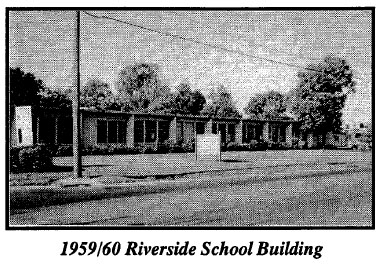
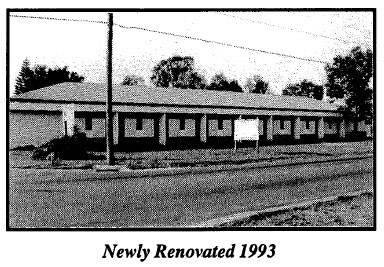
The foundation for LARC, The Lee County Association for Retarded Children, was basically laid when a mother, in desperation, began a campaign for an organization that became a reality and has grown and prospered with the help of many for more than 60 years. (LARC since changed its acronym to Lee Association for Remarkable Citizens.)
But how and why did this all come about? Barbara Ann Griffin, daughter of Ruby and George Griffin was attending public school, when her mother was informed that her daughter was not fitting into the mainstream of the educational system. By way of explanation, in 1953 the state, by law, stipulated that a child to be educated in a public school must have a sound mind. An intelligence quotient below 50 was the standard educators and psychologists set as a dividing line between normalcy and retardation.
1954
With the help of local doctors, ten qualified students were recruited from the surrounding area.
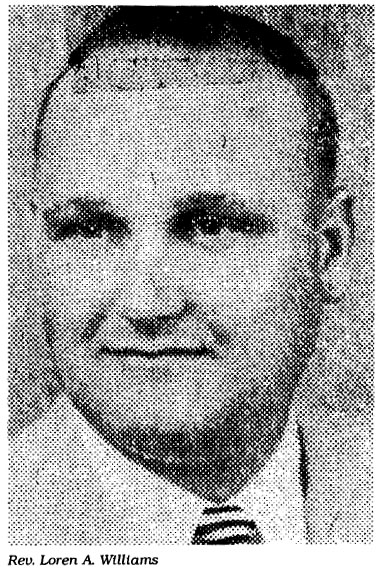
Where to house these students became the LARC’s next priority. It came to be that the Riverside Baptist Church, on Tarpon Street was in the process of building a new sanctuary. Thinking that perhaps the church might consider renting a room for our school, the pastor was approached. The Rev. Loren Williams presented our request to his Board of Deacons. They complied and suggested we could use their Sunday School rooms during the week if we would only replace the furniture and appurtenances at the end of each week in readiness for the Sunday School classes. When asked about the cost the Reverend Williams just smiled and said ‘not a dime’. There was even a kitchen of sorts available to us and we could serve cookies and orange juice for the children.
The fall of 1954 was the start of Riverside School sponsored by LARC.
The Lee County School Board, with Louise Farney as the Coordinator of Special Education chose James Parrish to be the teacher for three hours per day. The School Board furnished Mr. Parrish’s salary and the Shriner’s Club of Fort Myers furnished all the equipment and supplies for the school.
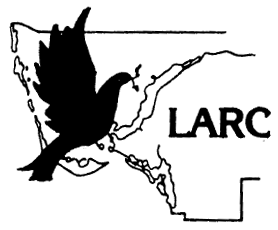
Legacy LARC Logo
1956
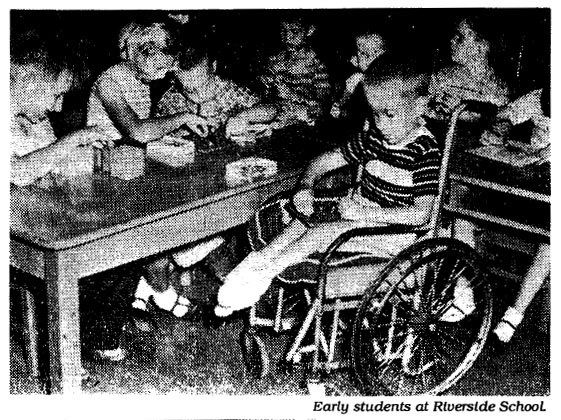

There were seven students at the very beginning.
Quickly Riverside School outgrew these facilities and the organization approached the Lee County Commission for help. The Commission offered a room and porch (one half of a porch) at the old caretakers building at Terry Park. Funds were needed to remodel the facilities into serviceable classrooms. The community responded to the tune of $2,500, and the remodeling was carried out in September of 1956. Twenty mentally retarded children were enrolled with one teacher, namely Annie Lee Johnson, paid by the School Board and one aide, Bertha Eady, paid by LARC. The benevolence of the Fort Myers Shrine Club continued to furnish classroom equipment and supplies.
1959
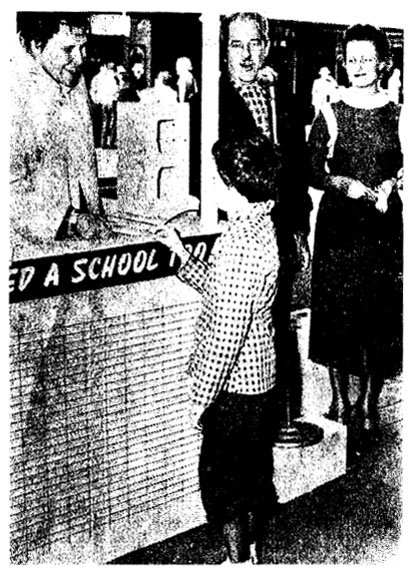
– Johnny Shay, Building Chairman
As Fort Myers grew, the population ballooned and in 1959, again from the school. came the cry for more space, more teachers – – more, more, more.

donated by the American Legion
This time the School Board would lease the land at Hanson and Evans if LARC could raise $25,000 from the community for the construction of the school building. There was to be ample space for 30 children and a staff of three or four teachers. Instruction would be offered in simple arts and crafts and everyday living skills.
1960
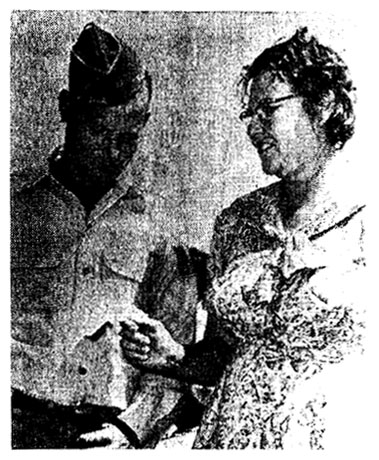
The community again responded to LARC by not only meeting the $25,000 goal to build the school, but by topping the goal by another $5,000 in donations plus labor and materials amounting to another $20,000 for a total of $50,000.
The Riverside School became a reality and held Open House in the Fall of 1960 with Annie Lee Johnson & Barbara Vandercook as teachers. There were 21 children ages 6 to 17 enrolled in the school. Four more joined the group within a week.
Time passed and the children became adults.
LARC recognized its duty to provide a place where these young men and women could enter the work-a-day world. The solution arrived at was a Sheltered Workshop where these young people could be trained to find daily employment and become useful citizens that would function reasonably well in society.
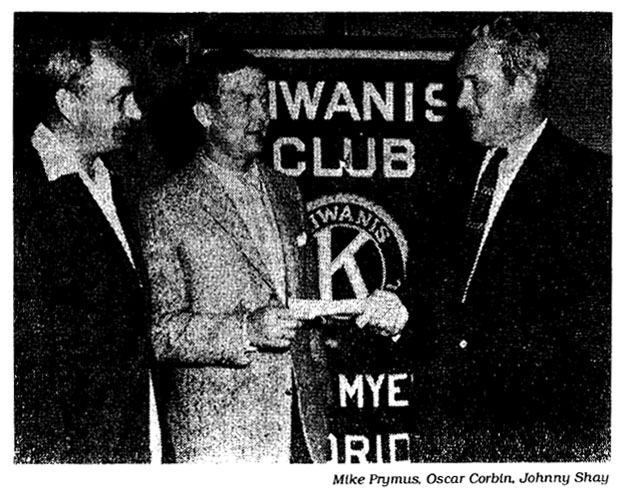
Plans for a Sheltered Workshop were put into motion. The community was again asked to participate in the funding of this project at a cost of $30,000.
1961
Groundbreaking took place March 1st, 1961. On June 20, 1962 the Sheltered Workshop began operation with six trainees. The Facility could handle 20 trainees and very shortly hit its maximum.
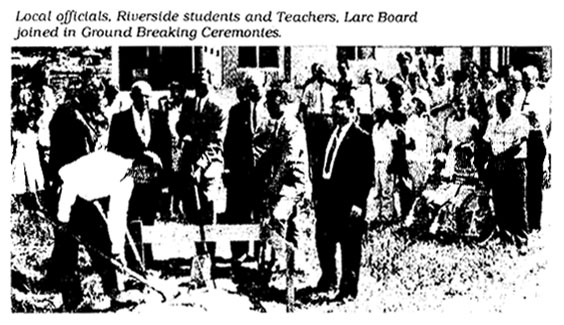
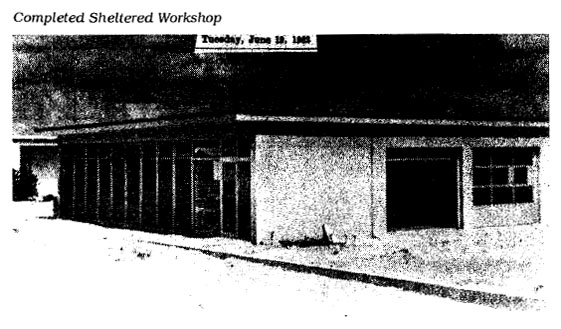
At Riverside School, things were changing too. A new teacher was added, paid by the School Board and a part-time secretary was added who was paid by LARC. This enabled Annie Lee Johnson to become the principal.
In June 1963 an Agreement with the United Fund, pioneered by Margaret DeMarco, E.J. Prymus and Shirley Wiltshire was signed and LARC BECAME A RECIPIENT AND ELIGIBLE FOR FUNDS. The monies became available in 1964, the amount was $15,000 to be used for operating expenses.
1964
Among other things happening at Riverside School in 1964 was a brochure titled “Hello! Know Who I Am?” This booklet written and cartooned by Margaret DeMarco explained that “some people are different” was distributed in the beginning to the local schools, and delivered by members of LARC who took the time to explain the meaning of the booklet. This caused a landslide and soon the booklets were distributed nation-wide. At the bottom of the booklet in small letters was printed “Published by the Lee County Association for Retarded Children.” We made the big time!
It was 1964 and another drive in the offing! Increased school space and increased Workshop space needed, came the cry from the staff!

The School Board with new rules for the care of the mentally retarded answered the problem of increased school space by providing two more classrooms. The Workshop was a different situation.
The U.S. Government. in 1964, recognized a responsibility to the Mentally Retarded and physically handicapped individuals. This changed the whole picture for LARC.
A Grant-in-Add was applied for to the Department of Health, Education and Welfare. Vocational Rehabilitation Administration in 1964. This was granted and the addition to the Sheltered Workshop was built. By the end of 1964 there were 28 trainees in the Workshop Program.
1965 to 1979
Over the next decade the population of Lee County grew way out of proportion, so did LARC, both the school and the workshop.
With this tremendous growth came the need for more services. This would require considerably more funding than our small organization could possibly handle. The complexion of the citizenry had also changed – We were no longer a small town with ‘Neighbor-helping neighbor.’
Services introduced at this time were many and varied coming as a result of observations by parents and LARC staff. The LARC Day Care Center was a service providing a care situation for the very young, or the severely retarded person who could not function in one or the other LARC facilities. The center was open twelve months a year, from 8:00 to 5:30 P.M. It would also care for the retarded children who needed supervision after school hours until their parents returned home from work. The staff consisted of a teacher-director and three aides.
Jones Lumber presented the organization with a beautiful and roomy playhouse, large enough for eight to ten children with a teacher to be paid by LARC.
In 1974, with this program in full swing, came the recognition that the sooner the parents and the organization could begin to work together with an exceptional child, the more remarkable would be the progress of the child. This necessitated another Program and it would be called Impact!. This Program would be funded by LARC. So successful was this endeavor that a Grant for Impact Services was requested and received, and funds were made available in July of 1977.
In June of 1979, Impact spun off to become an independent organization funded by HRS. To support these multiple programs the Association sponsored telethons, golf tournaments, bikethons, bake sales and various other fund raising efforts. If it would make money LARC tried it — not all were successful, but most were.
School Moves to Tanglewood
With Riverside School bulging at the seams in 1972 the School Board realized that these children needed an entirely new and much larger facility. The financing of this project was to be a School Bond Issue.
Plans were set in motion toward this end. Three years later, September 22, 1975, a brand new Riverside School opened its doors to the trainable retarded school age children at the Tanglewood Elementary School Campus.

The property at Hanson and Evans Avenues now became solely a Sheltered Workshop Facility.
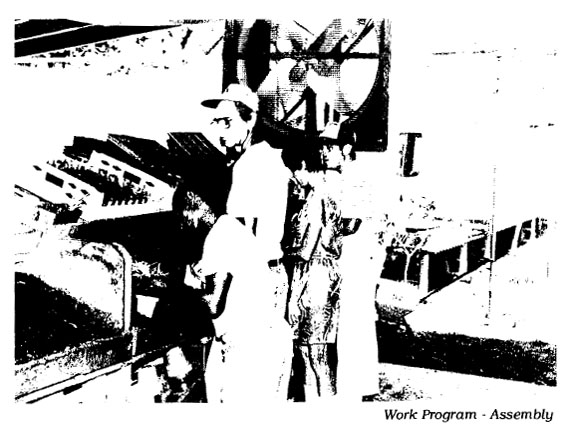
But, at this time many programs funded by various entitlements were seriously decreased and money to survive became an ongoing struggle. This brought about a need to beat the bushes for reinforcement that LARC was in fact in the mainstream for
rehabilitation, experiencing many successes but also multiple frustrations.
The reduction of funding required cutbacks on proposed programs and put all new construction on hold. LARC pulled in its belt and continued its struggle to survive. Client Services Had To Be Maintained To The Highest Level Possible As Always.
In 1979 a volunteer sponsored rummage sale was not successful, so the inventory became the start of a thrift store, in a building on LARC property. It was the desire of this dedicated group of volunteers to foster a residential group home for their retarded adults. Within a year the birth of the “Resident Home Association” became a fact. The Association totally dedicated itself to raising funds for the home.
However, rising costs, inflation and mounting restrictions soon came to light, hampering the progress of these dedicated volunteers. In 1988 a decision to return to LARC was made where, together, they would function as one to realize their desired ambitions.
A non-work oriented program was Initiated In 1979 to serve the more severely handicapped client. Adapt was housed in a screened area next to the existing workshop. This section was then renovated and dedicated to Annie Lee Johnson upon her retirement from the teaching profession in 1981.
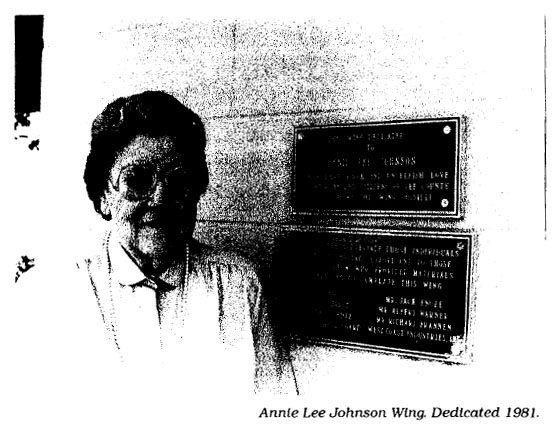
1986
In 1986. LARCs tenth director took the helm of our “ship at sea”. He brought exciting energy to the facility.
The Organization had been maintaining itself quietly. But now was the time to forge ahead. LARC was on the march.
With this energy release, came an onslaught of programs designed to better prepare the LARC population for new and increased adventures into the world of life, love and joy of being.
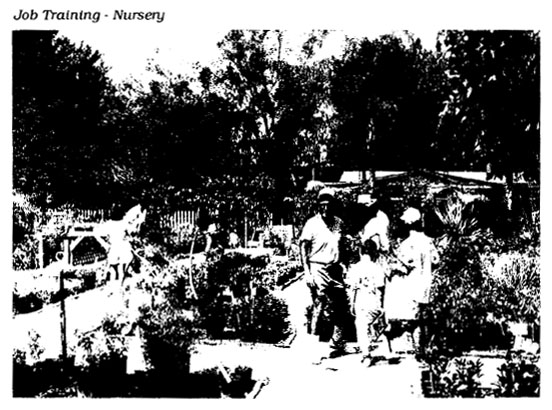
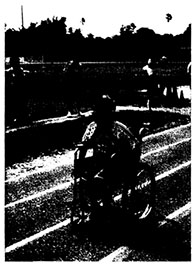
Studies had been completed, tested and proved successful — our citizens could do more than Just Survive. They too, could compete in the outside world if given a chance.
1989 - 35 Years
As LARC celebrated their 35th anniversary they were fully devoted to offering many valuable services to the developmentally disabled citizens of Lee County. These included programs in Daily Living & Self Care, Human and Growth and Development, Social and Pre-vocational Skills. They also provided Work Programs, which are real world job training skills in Woodshop, Nursery, and Assembly.
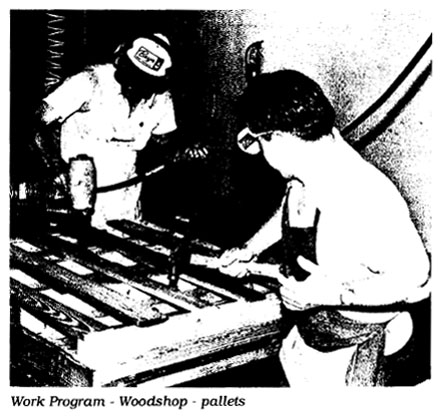
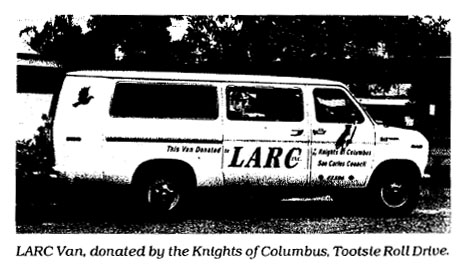
After 35 years in 1989, Government Grants applied for and received supply funds for Supportive Employment and Pre-Independent Living Programs. In that year they served the special needs of 164 clients: 8 in Supportive Employment, 10 in Pre-independent Living, 16 in Adapt, and 130 in Work Oriented Programs. LARC had grown to staff 42 employees and operated on an annual budget of 1.3 million dollars.
Many funding sources were available to be used upon request and qualification. However, as you may imagine in our bureaucratic society, qualification and requests for funds required reams of paper, forms and many, many hours of preparation and thought, along with facility inspections, etc., etc., etc.
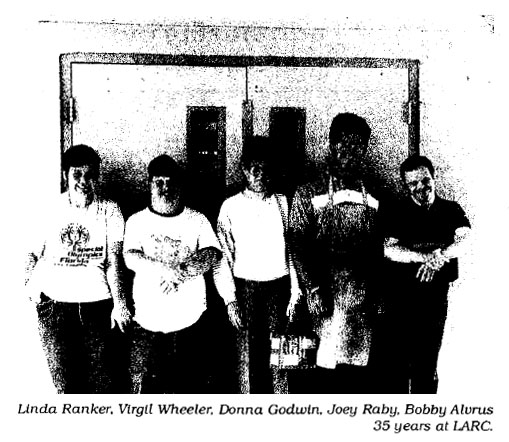


Comments are closed.